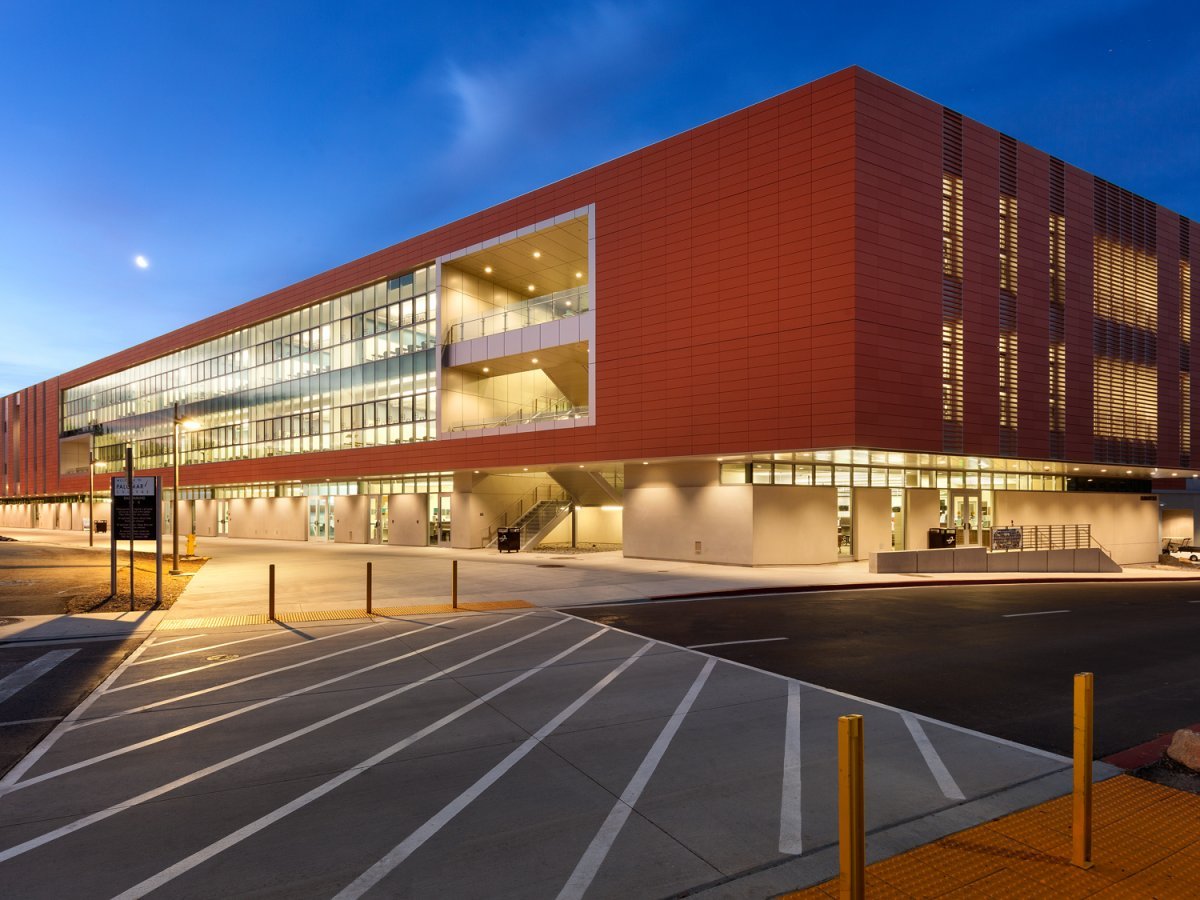Table of Contents
- Aims for Sustainability and Master Plans
- Strategies for Energy Management
- Financing Energy Projects
- Conclusion: What’s Next?
For a competitive and integrated learning environment in educational institutions, the connectivity, dependability, and efficiency of operations are vital. To ensure this, several schools, colleges, and universities are analyzing their energy infrastructure and considering renewable energy solutions for educational institutions. Get solar for your educational institutions today.
Aims for Sustainability and Master Plans
When it comes to renewable energy, the goal is clean energy and sustainability on educational campuses. They are focusing on being a green school. They want to be responsible citizens and good caretakers. They will enable the community to have wider access to the wonderful education they provide.
As higher education institutions realize the importance of involving students and teachers in the master planning process, they have succeeded in increasing interest in the portfolio of renewable energy.
Significance of Environment Sustainability Plans
Every school or college goes through a process of strategic planning. The epidemic struck at a time when the education system was already facing tremendous backlash. They have decided to meet our values and incorporate environmental sustainability into our core projects to demonstrate the organization's full commitment.
The new solar solutions for schools reinforce its core values as it teaches students the importance of caring for the earth and its people through renewable energy and other smart environmental strategies.
Strategies for Energy Management
Our comprehensive energy management strategy for schools, colleges, and universities analyzed exposure to energy-related risk and identified the aspects to reduce energy costs.
Energy costs are the basic operational cost variables that should be managed on the highest priority. The energy management strategy of any educational institution should be managed as explained below:
- Measure the educational institutions existing energy consumption
- Identify ways to reduce energy consumption
- Develop an energy management strategy with facility management experts
- Implement the strategies and act on identified ways to reduce energy consumption
- Educate all about the benefits of energy management
- Recognize achievements and make a draft for future plan

Example of Energy Management:
Cathedral Catholic was required to increase tuition rates to offset sky-rocketing energy costs. The school began looking into going solar as a way to cut energy costs in order to free up savings for extended education and outreach. The school also felt the responsibility to be good stewards of the earth’s resources. Cathedral Catholic’s goal to reduce its carbon footprint is an initiative they knew would benefit the overall health of their community.
"We’re focusing on being a green school. We want to be responsible citizens and good caretakers of the earth. And the savings we realize as a result of going solar will reduce our energy costs and help keep tuition increases to a minimum. This will enable broader community access to the amazing education we provide here at Cathedral Catholic" Stevan R. Laaperi, Cathedral Catholic President
Going solar was one of the other steps made to become a greener school. In addition to solar solutions for Cathedral Catholic school, they also installed 80,000 square feet of artificial turf and switched to LED lighting that consumes 90% less power.
"After careful consideration, we chose Baker Electric for our renewable energy needs. The company has a solid reputation built on Baker Electric, Inc.’s 75+ successful years as an electrical contractor. In addition to their proven solar expertise and their previous work on our campus made Baker an obvious choice. We spend about half a million dollars a year on electric power. We look forward to significant cost savings as a result of this critical investment". Stevan added
Financing Energy Projects
Many higher education institutions may face significant asset conversion decisions. Talking about them needs to happen sooner rather than later.
It would be better to look for results and solutions for higher education institutions that take advantage of the "lost money that is already pouring into these assets" rather than looking at interest rates and maintenance of deferrals.
The study found that educators in the United States face a backlog of assets and a large backlog of old assets in building infrastructure. Start saving the money you have because it is being wasted today.
Conclusion: What’s Next?
When it comes to sustainable energy in higher education, be proactive. Colleges and universities will be able to respond, adapt and develop. They have every reason, and now there is very little choice.
Energy benefits as a service, especially more sustainable projects, have been included in higher education master plans. Other potential growth areas include electric vehicles, battery storage, combined heating, and power platforms using artificial intelligence.












